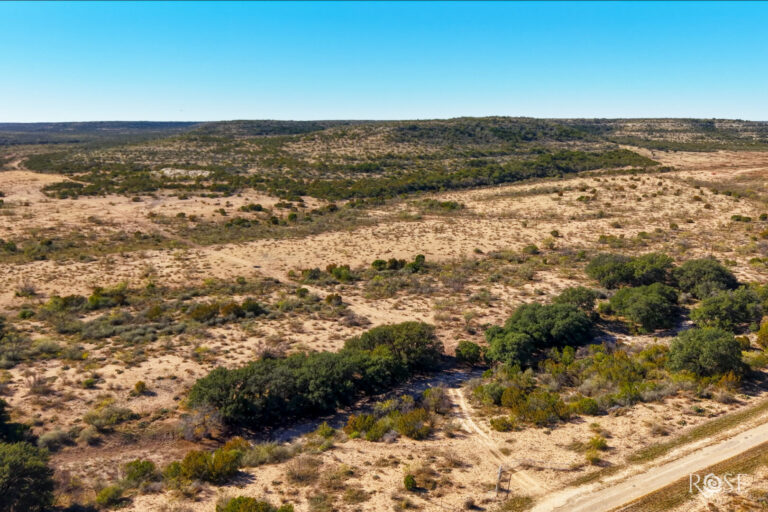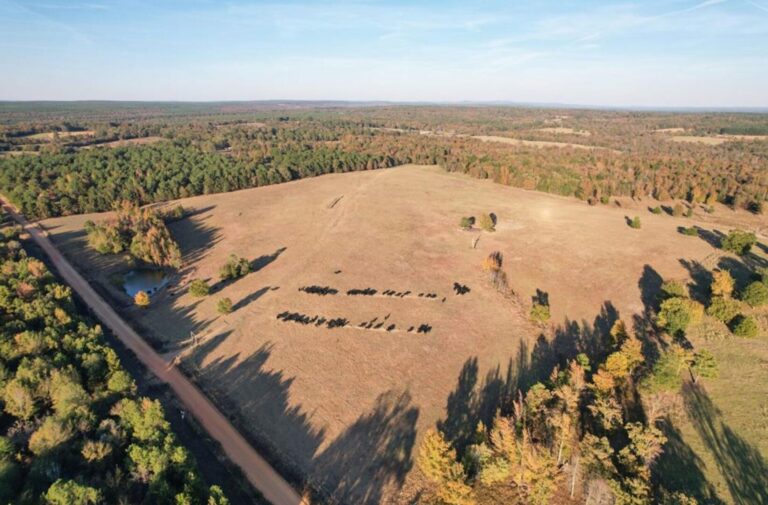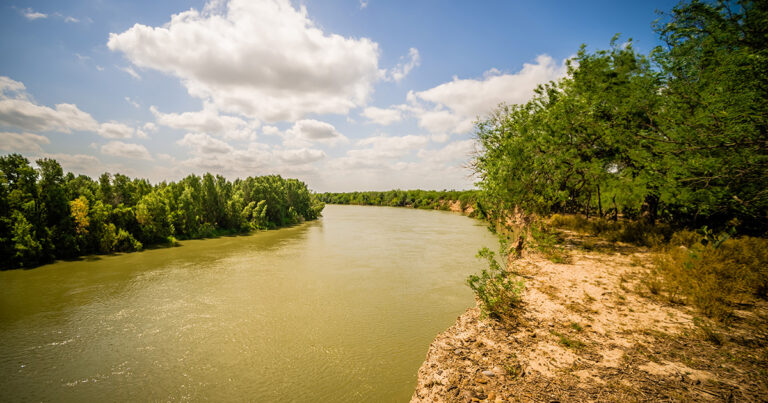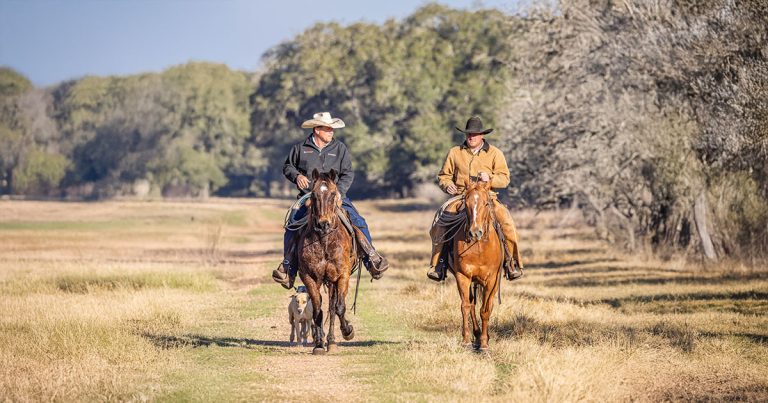There is a lot to consider when choosing a ranch that best fits your overall investment goals.
At 268,596 square miles and with more than 29.1 million residents, Texas is the second-largest US state by both area and population. With its diverse landscape, Texas is home to our country’s most prestigious ranches. As a leader in agriculture, this state tops many rank lists for ranching in Texas.
TEXAS RANCHING HISTORY
The history of cattle ranching in Texas goes hand in hand with the history of the state. Cattle drives in Texas originated about 300 years when the Spanish cattle were introduced to the East Texas region, marking the beginning of state’s ranching industry. Through the 16th and 17th centuries, cattle ranching continued to spread north through Spanish Mexico into the area now known as Texas. By the 1830s, settlers had introduced eastern ranching techniques and blended them with the Spanish inherited ones. In 1845 the United States annexed Texas and this led to the rise of the “cowboy system”. This was also the time when Texas longhorns became the go-to cattle. By the Civil War the country saw an increased demand for beef and turned to Texas ranches for the supply. 1880s and 1890s saw changes in the cattle industry with a noticeable depletion in pastures caused by overgrazing. In 1921 Packers and Stockyards Act was passed ensuring fair competition for ranchers and consumers. This allowed the modern-day ranching to be sustained in Texas.
CATTLE RANCHING
Texas is the largest beef producer in the United States. Texas had the most cattle in the United States in 2022 with 12,700,000 which accounts roughly for 14% of total cattle in the US.
The best cattle breeds to raise for beef include:
- Angus — The most common and popular breed for beef in the U.S. market. This Scottish originating breed is the #1 choice for cattle ranchers
- Simmental — Known for its high-quality beef the Simmental is one of the oldest and most widely distributed of all breeds of cattle in the world.
- Gelbvieh – originated in Bavaria in Germany this breed produces high-quality tender young beef.
In order to raise cattle, you will require a significant amount of land. Calculate it based on the size of your herd. Consider the extensive livestock laws and access to water.
HORSE RANCHING IN TEXAS
Texas has the highest horse population with close to 800K horses in 2022. There is not one particular area where the majority of the horse and equestrian ranches are located as the entire state supports horse ranching. However, North Texas with its stunning rolling pastures supports an abundance of farms with specializations like equine suppliers, breeders, horse care, and professional training.
Many Texas ranchers produce some of the most valuable performance horses in the country.
You can also find an abundance of Dude Ranches which are guest ranches offering many horse-related activities. To view our Texas ranches for sale click here.
HISTORIC TEXAS RANCHES
You cannot be an expert in ranching in Texas if you don’t know about these historic Texas ranches.
Starting with The King Ranch – the 825,000-acre property has the longest US ranch history. Named for founder Captain Richard King, an Irish immigrant, the ranch is still owned by his descendants.
Four Sixes Ranch was founded by Captain Samuel “Burk” Burnett in 1870 and today it encompasses 260,000 acres. Four Sixes Ranch has been recently sold. You can read about this historic sale here.
JA Ranch – this historic cattle ranch was founded in 1876 by Charles Goodnight and John George Adair, and it is the oldest cattle ranching operation in the Texas Panhandle. The ranch is still owned by Adair heirs.
Although the XIT Ranch no longer exists, it was once the biggest ranch in the world and spread over 3 million acres.
The Matador Ranch once spread over one million acres. Today, the ranch is owned by the Matador Cattle Co., a division of the Koch Agricultural Co. and is still a cattle and horse ranch with an additional branch of hunting and recreational lodging.










